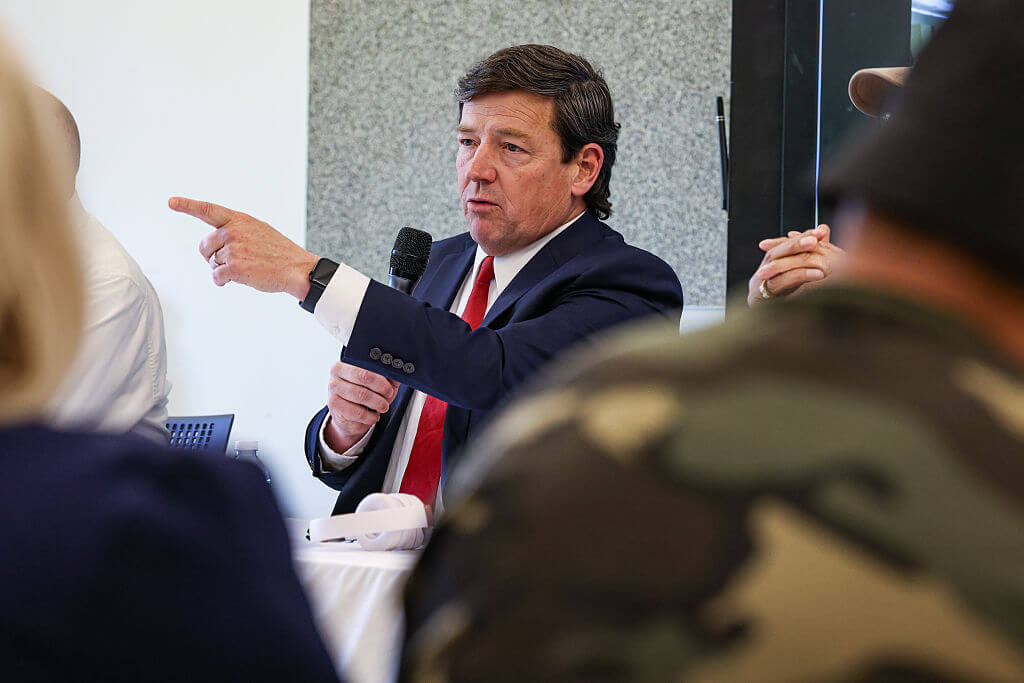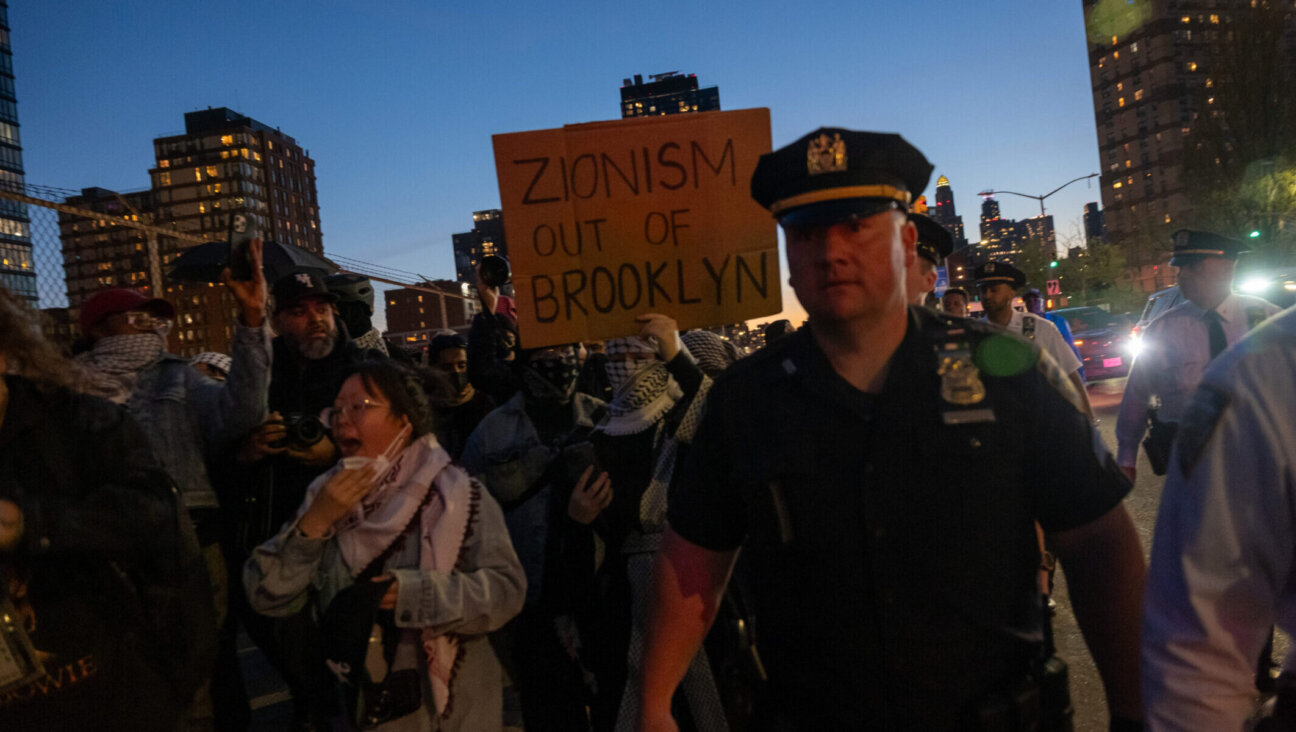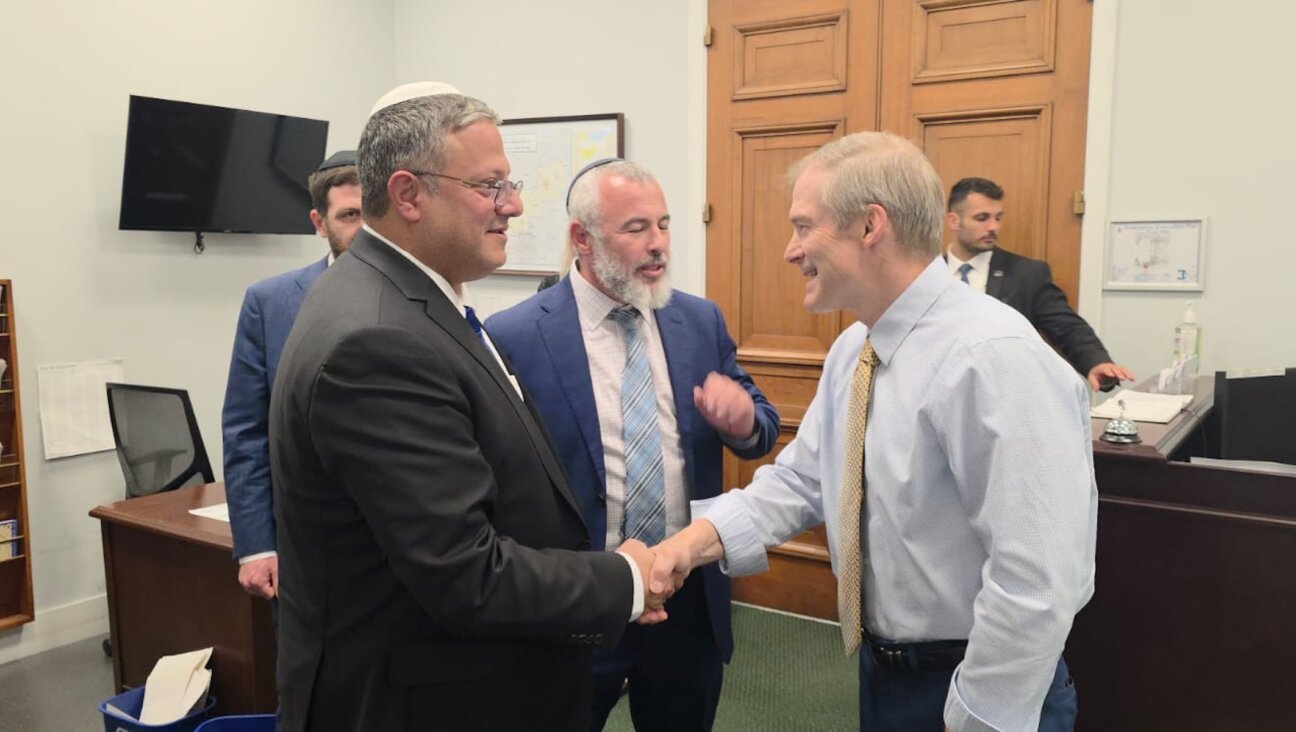Conservative Judaism Searches for Identity
Conservative Judaism, struggling with decades of declining membership and an abrupt, sweeping change in its senior leadership, heard a call in early June from three prominent rabbis for a rethinking of its mission.
The three rabbis, New York-based and all under 45, launched their broadsides from the stage of a packed auditorium at the Jewish Theological Seminary of America, in an evening program titled “Conservative Judaism: The Next Generation.” They called for new directions in the religious approach and practice of their denomination, the centrist movement that once dominated the American Jewish landscape.
The seminary’s newly minted chancellor, Arnold Eisen, introduced the presentation as “the culmination” of a smaller forum of several dozen Conservative leaders brought together by the seminary to reexamine the movement’s future. It was intended, Eisen said, as a response to the “enormous concern among Jews at the decline” of the once-dominant centrist Jewish denomination.
“We found a new universal desire to get the movement back to its strength and vitality, looking at structure, quality and message,” Eisen told his audience.
The panelists were sharply divided, however, on what new directions to take. One participant, Rabbi Johanna Samuels, a writer and former rabbi of Congregation Habonim on Manhattan’s liberal Upper West Side, called for a greater emphasis on social justice and activism. “We need to do something bigger than ourselves,” she told the audience. “My goal is for us to get people out in the world to help heal the world. That’s the best kind of Conservative practice.” “We need to get out of this institutional malaise and self-focused mentality and get out into the world and do work,” Samuels said. “Build houses, work for justice. We’ll come back to our institutions invigorated.”
By contrast, Rabbi Jeremy Kalmanofsky of Congregation Ansche Chesed, also on the Upper West Side, urged greater emphasis on prayer and observance of ritual. “Conservative Judaism offers a deep, religious path,” he declared emphatically. “The goal is for all synagogues to experience its depth.”
“We need to fix the soul and fix the body,” Kalmanofsky said. “These deeds will sanctify us and make the world a better world.”
The third panelist, Rabbi Elliot Cosgrove of Park Avenue Synagogue on the affluent Upper East Side, argued that the separate denominations of American Judaism are losing their relevance among younger Jews. “Denominations are changing,” Cosgrove said. “Lines aren’t black and white. These lines are very slippery.”
In the early years of Conservative Judaism a century ago, Cosgrove said, “Americans were seeking to make sense of their lives as immigrants.” Now, he said, “This story is over. We’ve arrived. We’re here.” The question Jews ask today, he said, is not “how to arrive in a secular culture, but how to cross back over to tradition.”
Conservative Judaism arose early in the 20th century as a centrist bloc, between the staunch traditionalism of Orthodox Judaism, which preached full observance of rabbinic law, and the more permissive Reform movement, which viewed the laws as guidelines for the individual. Conservative Judaism preached observance of the law but claimed rules had evolved through history and could continue to evolve. During the boom years of postwar suburban Jewish life it was the dominant wing of American Judaism. Surveys showed it claiming the loyalty of more than 40 percent of the community, with the rest divided between Reform, Orthodox and non-identified. During the last several decades the Conservative movement has been in decline, and it now shows up in surveys second in numbers to Reform Judaism.
Eisen, 58, seminary chancellor since July 2008, is one of three new chief executives who have taken the reins of the Conservative movement’s three main institutions in the past year. In October 2008 the Rabbinical Assembly, the union of Conservative rabbis, selected Rabbi Julie Schoenfeld, 43, as its new executive vice-president. This past spring the United Synagogue of Conservative Judaism, serving the movement’s 780 congregations, chose Rabbi Steven Wernick, 41, as its executive vice-president. All three replaced incumbents who had been in their posts since the 1980s.
Interviewed by the Forward after the session, Rabbi Cosgrove said that the message of Conservative Judaism remains “strong, true, and relevant.” However, he said “the movement needs to do a better job at communicating this message to American Jewry as a whole.” The June 3 symposium, participants said, was not aimed at reaching that larger audience but at advancing the internal discussion within Conservative Judaism about how best to approach the community at large. Rabbi Kalmanofsky expressed his doubts that anyone outside of Conservative Judaism had even been in attendance.
Individual rabbis, Samuels told the Forward, have begun the work in their pulpits. “In our own ways we’re reaching a broader audience,” she said. What remains is for the movement as a whole to develop a coordinated approach.
J.J. Goldberg contributed reporting.
The Forward is free to read, but it isn’t free to produce

I hope you appreciated this article. Before you go, I’d like to ask you to please support the Forward.
Now more than ever, American Jews need independent news they can trust, with reporting driven by truth, not ideology. We serve you, not any ideological agenda.
At a time when other newsrooms are closing or cutting back, the Forward has removed its paywall and invested additional resources to report on the ground from Israel and around the U.S. on the impact of the war, rising antisemitism and polarized discourse.
This is a great time to support independent Jewish journalism you rely on. Make a gift today!
— Rachel Fishman Feddersen, Publisher and CEO
Support our mission to tell the Jewish story fully and fairly.
Most Popular
- 1
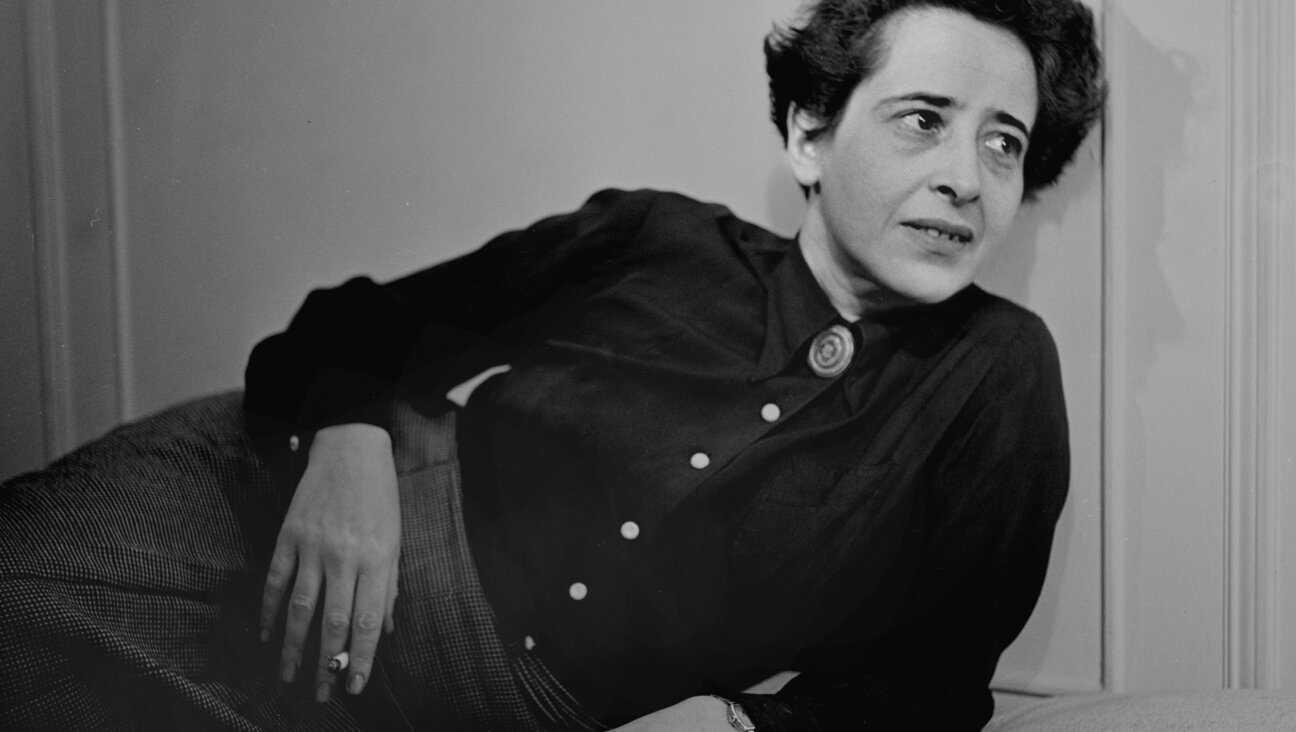
Culture Trump wants to honor Hannah Arendt in a ‘Garden of American Heroes.’ Is this a joke?
- 2

Fast Forward The invitation said, ‘No Jews.’ The response from campus officials, at least, was real.
- 3
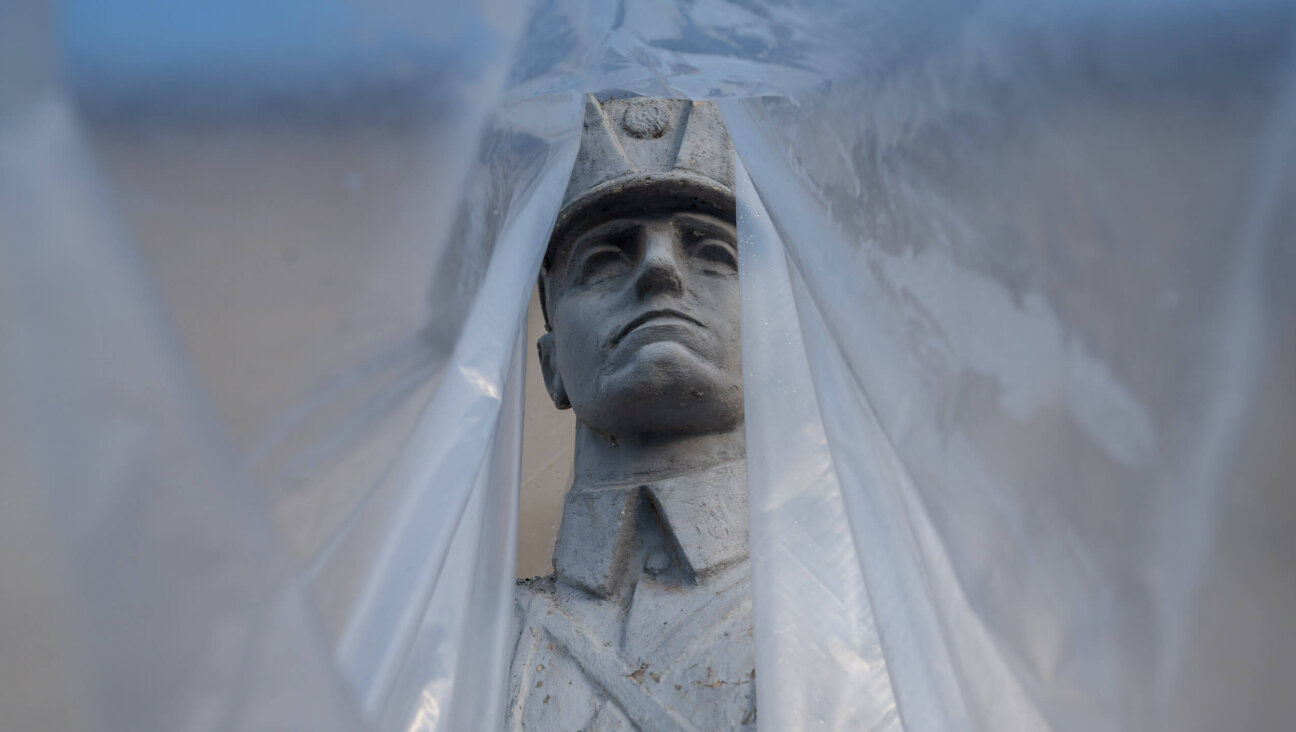
Opinion A Holocaust perpetrator was just celebrated on US soil. I think I know why no one objected.
- 4
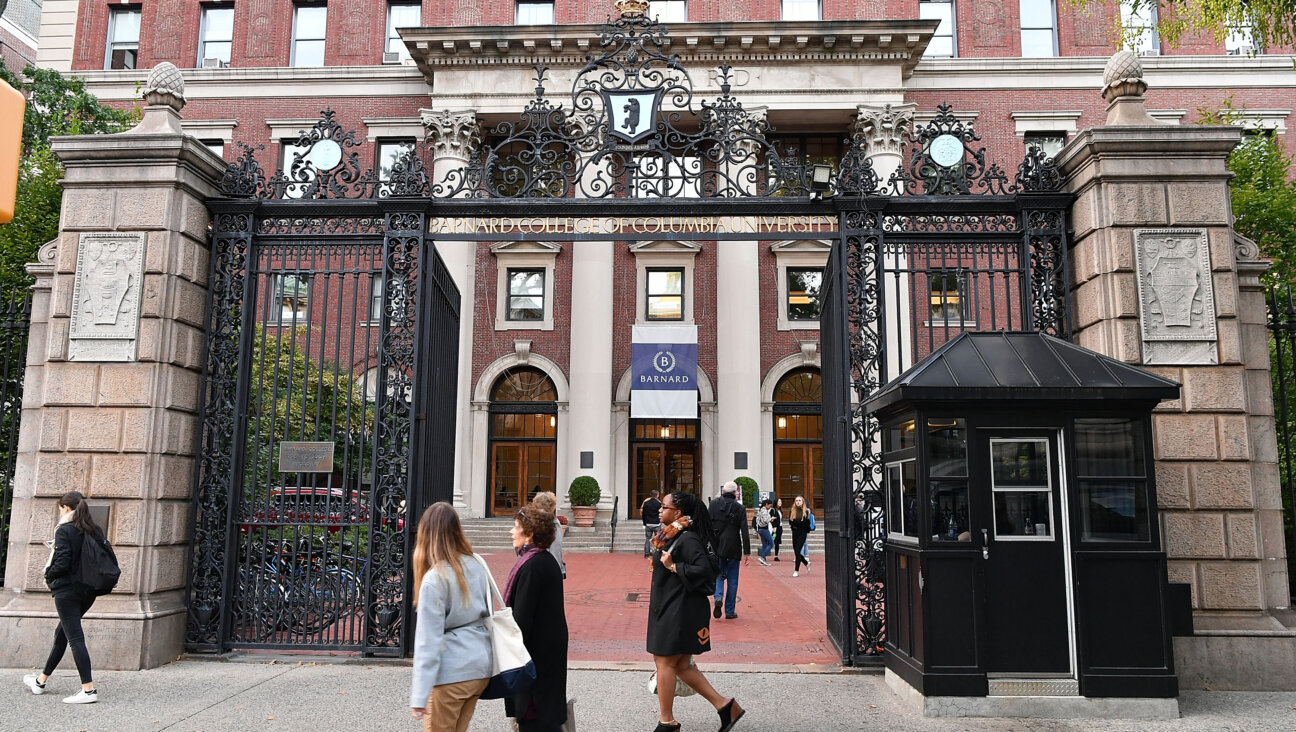
Fast Forward Columbia staff receive texts asking if they’re Jewish, as government hunts antisemitic harassment on campus
In Case You Missed It
-

Yiddish מחשבֿות פֿון אַן אַהיים־געקומענעם (אַ מלחמה־טאָגגבוך)Reflections of a soldier after returning home (a wartime diary)
דער מחבר איז אַ סטודענט אינעם ירושלימער העברעיִשן אונ׳, אינעם צווייטן יאָר ייִדיש־לימוד
-
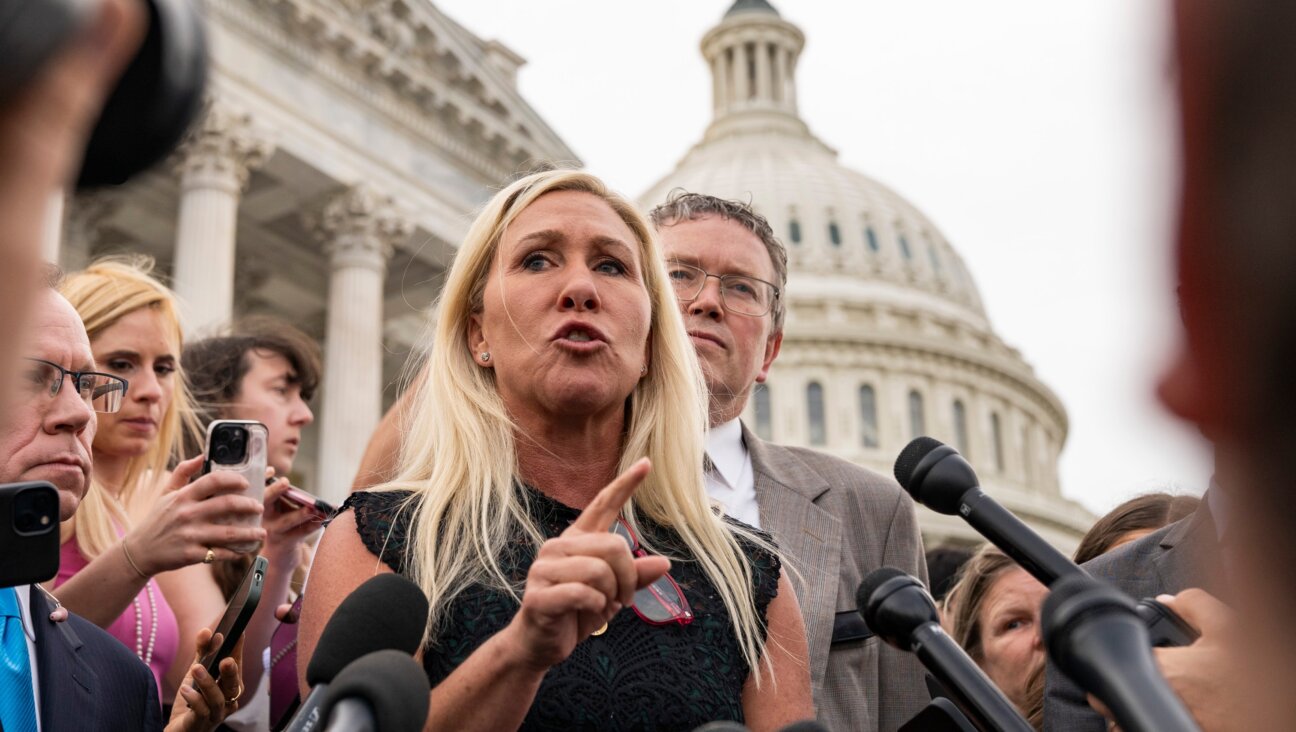
Fast Forward Why the Antisemitism Awareness Act now has a religious liberty clause to protect ‘Jews killed Jesus’ statements
-
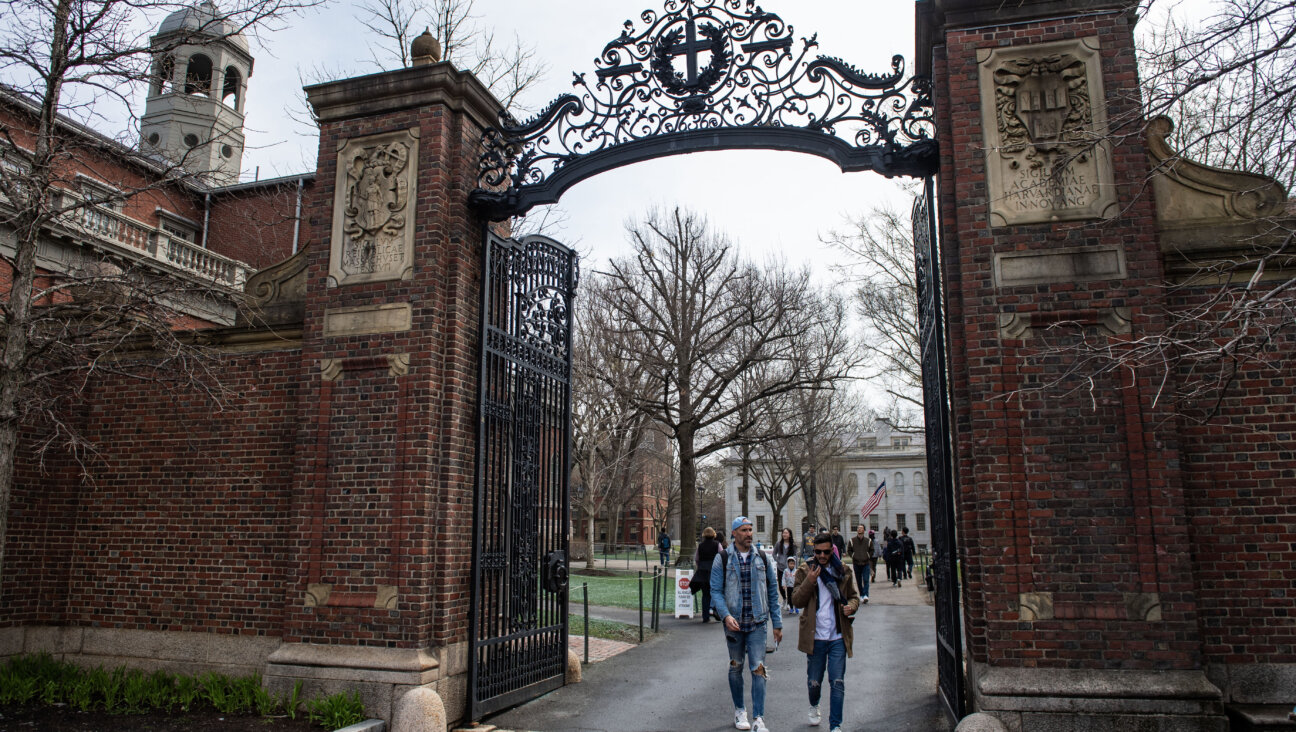
News At Harvard, reports on antisemitism and anti-Palestinian bias reflect campus conflict over Israel
-
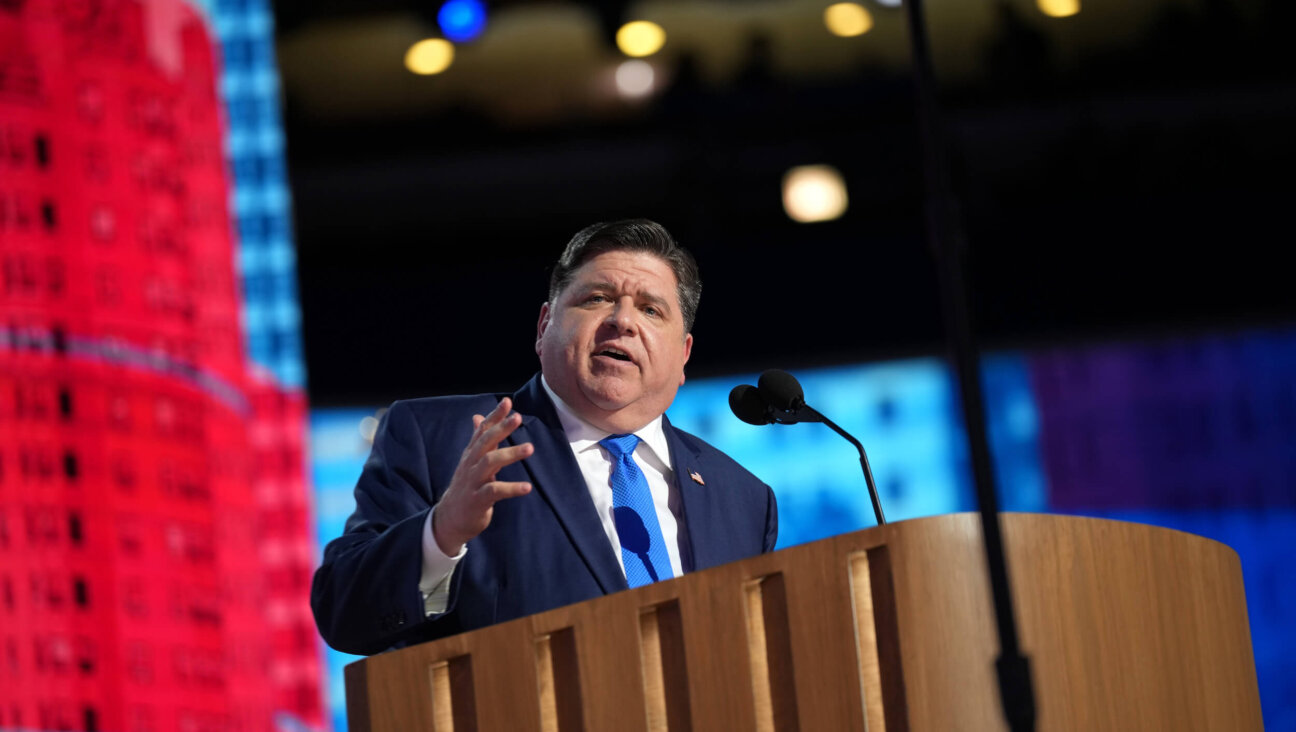
Opinion Is JB Pritzker’s very Jewish toughness the key to fighting Trump?
-
Shop the Forward Store
100% of profits support our journalism
Republish This Story
Please read before republishing
We’re happy to make this story available to republish for free, unless it originated with JTA, Haaretz or another publication (as indicated on the article) and as long as you follow our guidelines.
You must comply with the following:
- Credit the Forward
- Retain our pixel
- Preserve our canonical link in Google search
- Add a noindex tag in Google search
See our full guidelines for more information, and this guide for detail about canonical URLs.
To republish, copy the HTML by clicking on the yellow button to the right; it includes our tracking pixel, all paragraph styles and hyperlinks, the author byline and credit to the Forward. It does not include images; to avoid copyright violations, you must add them manually, following our guidelines. Please email us at [email protected], subject line “republish,” with any questions or to let us know what stories you’re picking up.







